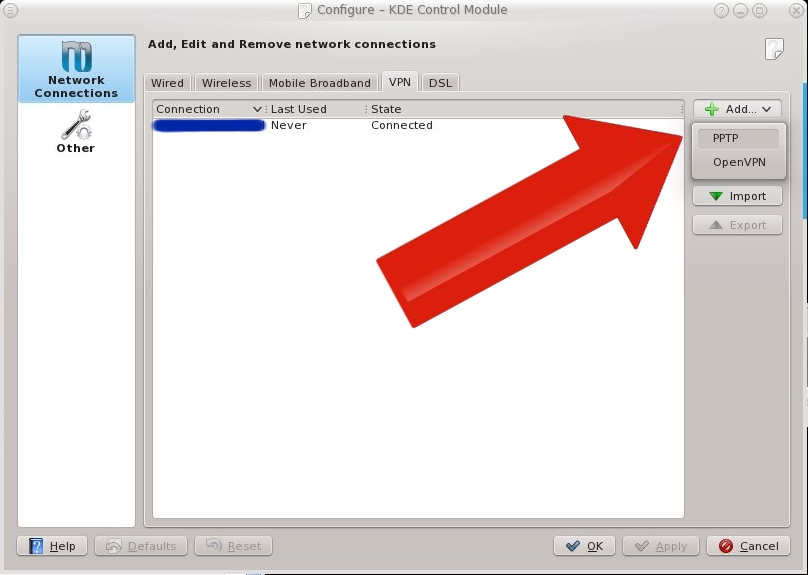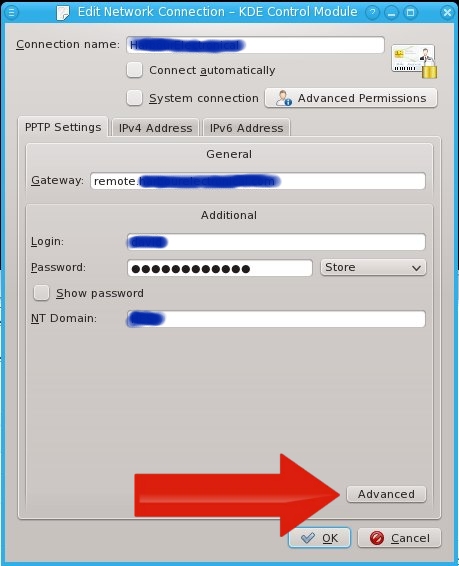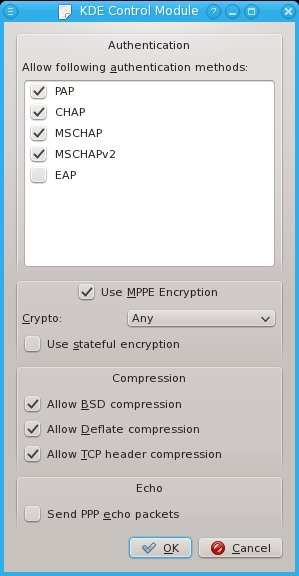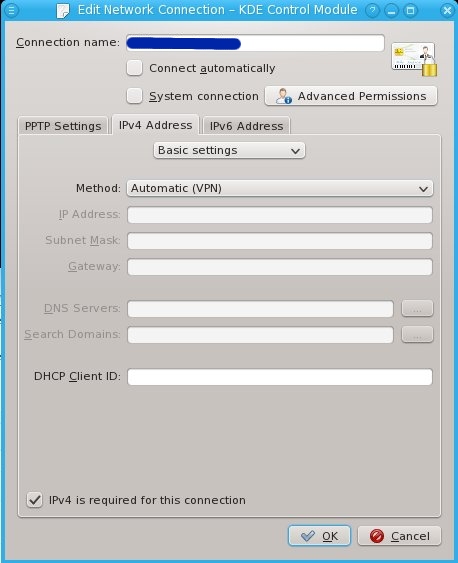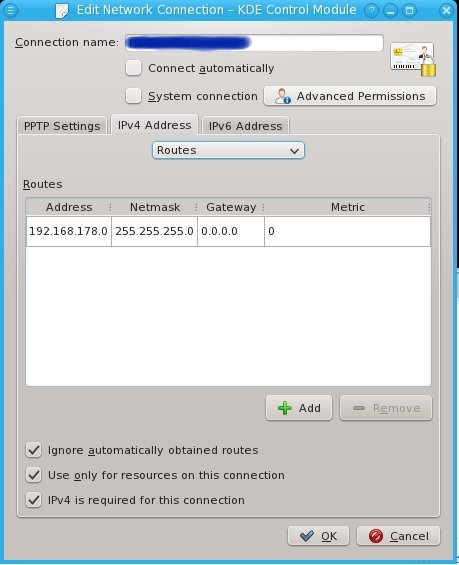There once was a day that I compiled my own kernels and configured all modules manually. It's been quite a while since I've done anything like that, but I remembered some of it.
Today I installed my WiFi drivers. The HP Elitebook 8570w I own has a Centrino Advanced-N 6205 on board that is actually supported by Fedora 17.
$ lspci 00:00.0 Host bridge: Intel Corporation Ivy Bridge DRAM Controller (rev 09) 00:01.0 PCI bridge: Intel Corporation Ivy Bridge PCI Express Root Port (rev 09) 00:14.0 USB Controller: Intel Corporation Panther Point USB xHCI Host Controller (rev 04) 00:16.0 Communication controller: Intel Corporation Panther Point MEI Controller #1 (rev 04) 00:19.0 Ethernet controller: Intel Corporation 82579LM Gigabit Network Connection (rev 04) 00:1a.0 USB Controller: Intel Corporation Panther Point USB Enhanced Host Controller #2 (rev 04) 00:1b.0 Audio device: Intel Corporation Panther Point High Definition Audio Controller (rev 04) 00:1c.0 PCI bridge: Intel Corporation Panther Point PCI Express Root Port 1 (rev c4) 00:1c.1 PCI bridge: Intel Corporation Panther Point PCI Express Root Port 2 (rev c4) 00:1c.2 PCI bridge: Intel Corporation Panther Point PCI Express Root Port 3 (rev c4) 00:1c.3 PCI bridge: Intel Corporation Panther Point PCI Express Root Port 4 (rev c4) 00:1d.0 USB Controller: Intel Corporation Panther Point USB Enhanced Host Controller #1 (rev 04) 00:1f.0 ISA bridge: Intel Corporation Panther Point LPC Controller (rev 04) 00:1f.2 SATA controller: Intel Corporation Panther Point 6 port SATA AHCI Controller (rev 04) 00:1f.3 SMBus: Intel Corporation Panther Point SMBus Controller (rev 04) 01:00.0 VGA compatible controller: nVidia Corporation Device 0ffc (rev a1) 01:00.1 Audio device: nVidia Corporation Device 0e1b (rev a1) 24:00.0 FireWire (IEEE 1394): JMicron Technology Corp. IEEE 1394 Host Controller (rev 30) 24:00.1 System peripheral: JMicron Technology Corp. SD/MMC Host Controller (rev 30) 24:00.2 SD Host controller: JMicron Technology Corp. Standard SD Host Controller (rev 30) 25:00.0 Network controller: Intel Corporation Centrino Advanced-N 6205 (rev 34) |
The device at the very bottom is the WiFi device we're looking for. But iwconfig shows it's not available to the system somehow:
$ iwconfig thuisf no wireless extensions. vmnet8 no wireless extensions. thuis no wireless extensions. eth0 no wireless extensions. lo no wireless extensions. virbr0-nic no wireless extensions. virbr0 no wireless extensions. noc no wireless extensions. vmnet1 no wireless extensions. |


